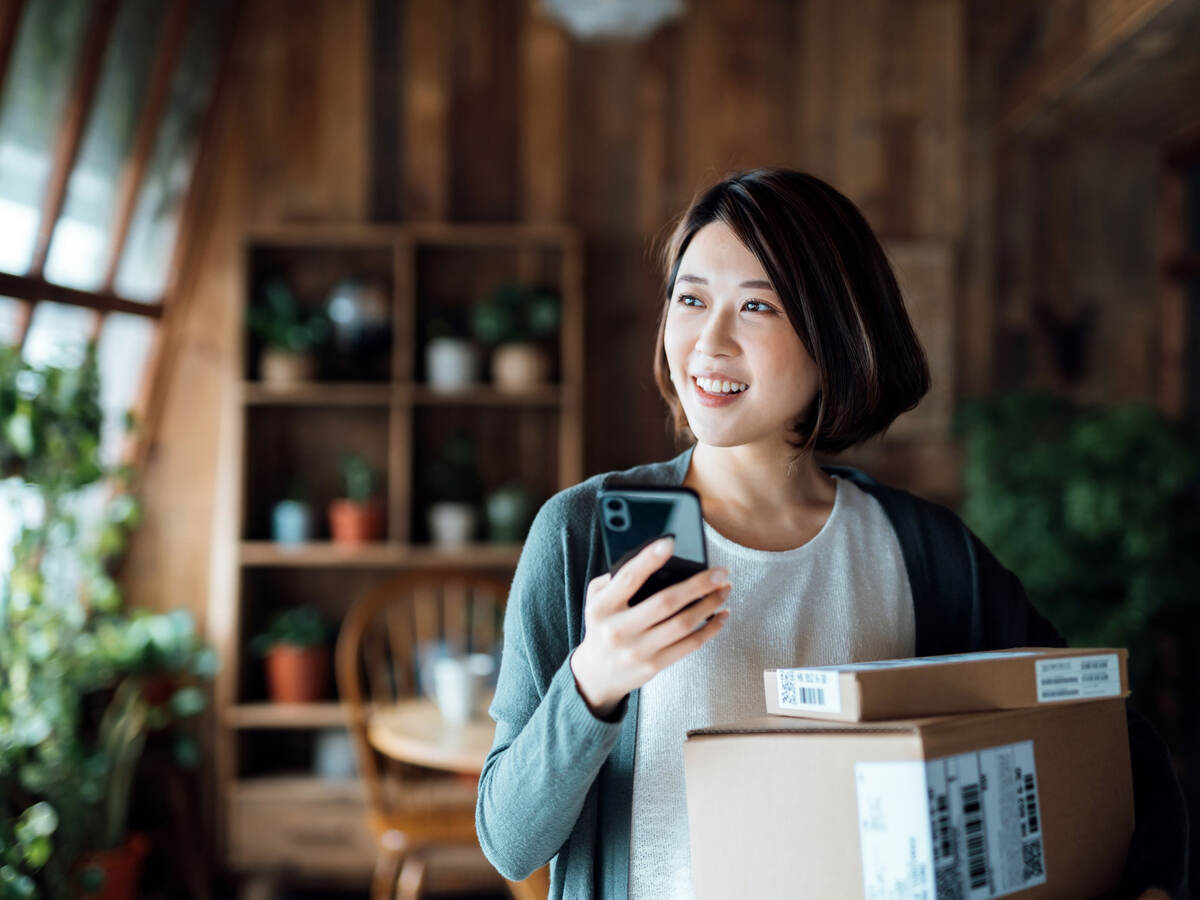In the last five years, we have witnessed hyper-innovation in the payments industry. Technology and consumer demand have converged at the physical point of sale (POS), pushing it closer to online commerce and payments. Commerce business models mandate payment integration, making payments as a separate experience obsolete and, likely soon, causing them to disappear completely. Innovation has introduced different authentication approaches in the sell-and-buy model that have opened the door to exploring alternative fees and rate structures, potentially lowering the cost of payments for merchants.
So, the future of payments is boundless, but how did we get here?
In 2018, payments were already considered a differentiator. Digital channels were growing, and retailers and other vendors that offered the speed and convenience of rapid payments were disrupting the industry and pulling ahead. Then the COVID-19 pandemic accelerated this change. Contactless payments were no longer enough; now, consumers were demanding touchless payments. Security and ease of use became its own payments ecosystem. Digital payments were now being hyped as a feature of personal and family health safety. By 2022, these rapid transformations had taken hold and payments were becoming embedded in the shopping experience, becoming invisible as we gazed into the digital future.
By now, cloud security and data management had matured and application programming interfaces (APIs) were becoming standardized and accepted. Making a payment has, to an extent, become unconscious. We still know we’re doing it and are given a chance to double-check and approve the amount, but the payment itself is becoming invisible. We’ve transitioned from cash to check to card to phone relatively rapidly. Our mobile devices combine the functionality of phones, fax machines, scanners, cameras, maps and now wallets. As a matter of fact, digital wallets are expected to make up 52.5% of e-commerce transactions and 39% at POS.1
Large platforms like Amazon and Facebook that incorporate payments into their technology, as well as strongly branded interfaces like ApplePay and Google Pay have helped create a sense of security with consumers who often link their bank accounts directly to these technologies. Much of the control of the payment has moved away from the consumer and into the hands of the retailer.
This is all happening because of convergence. Technology, demand and the pandemic all brought us to where we are. For example, more than 80% of consumers own a smartphone with connectivity to the internet, creating opportunities to comparison shop, buy, sell and bank from anywhere. The value of digital transactions is projected to reach $8.49 trillion (USD) in 2022, growing annually thereafter by 12.31% to a projected $15.17 trillion (USD) by 2027.2
Privacy and security remain the top priorities for consumers, which suggests that the idea of digital payments has been accepted. Brands that can prove and sustain the highest level of privacy and security will lead the market. This also puts pressure on these brands to ensure that they never experience data leaks or hacks. Even one such occurrence can lead to irreparable reputational harm. In fact, 63% of U.S. consumers express growing concerns about privacy and security.3
Digital identity is becoming more integral to any widespread acceptance option and further expansion of digital transactions. The next article in our series on the future of payments will cover electronic identification and how we prove who we are.
1 Statista Research Department, Aug. 11, 2022, Statista, internet publication, Digital Payments - Worldwide | Statista Market Forecast, FIS Global Payments Report, 2022
2 Ibid.
3 Deloitte report Payments Trends, July 2022
Get connected with our team
Thanks for your interest in our products and services. Let's collect some information so we can connect you with the right person.




